The use of sustainable aviation fuel (SAF) could affect how long contrails stay in the sky, so Boeing and NASA are using a 737-10 to explore it!
Boeing is still working with the FAA to finish the certification of its last two 737 MAX variants: the 737-7 and the 737-10. Until this work is done, these jets have an experimental status. So it’s no surprise that Boeing is taking the opportunity to use one of these jets for a rather different experiment.
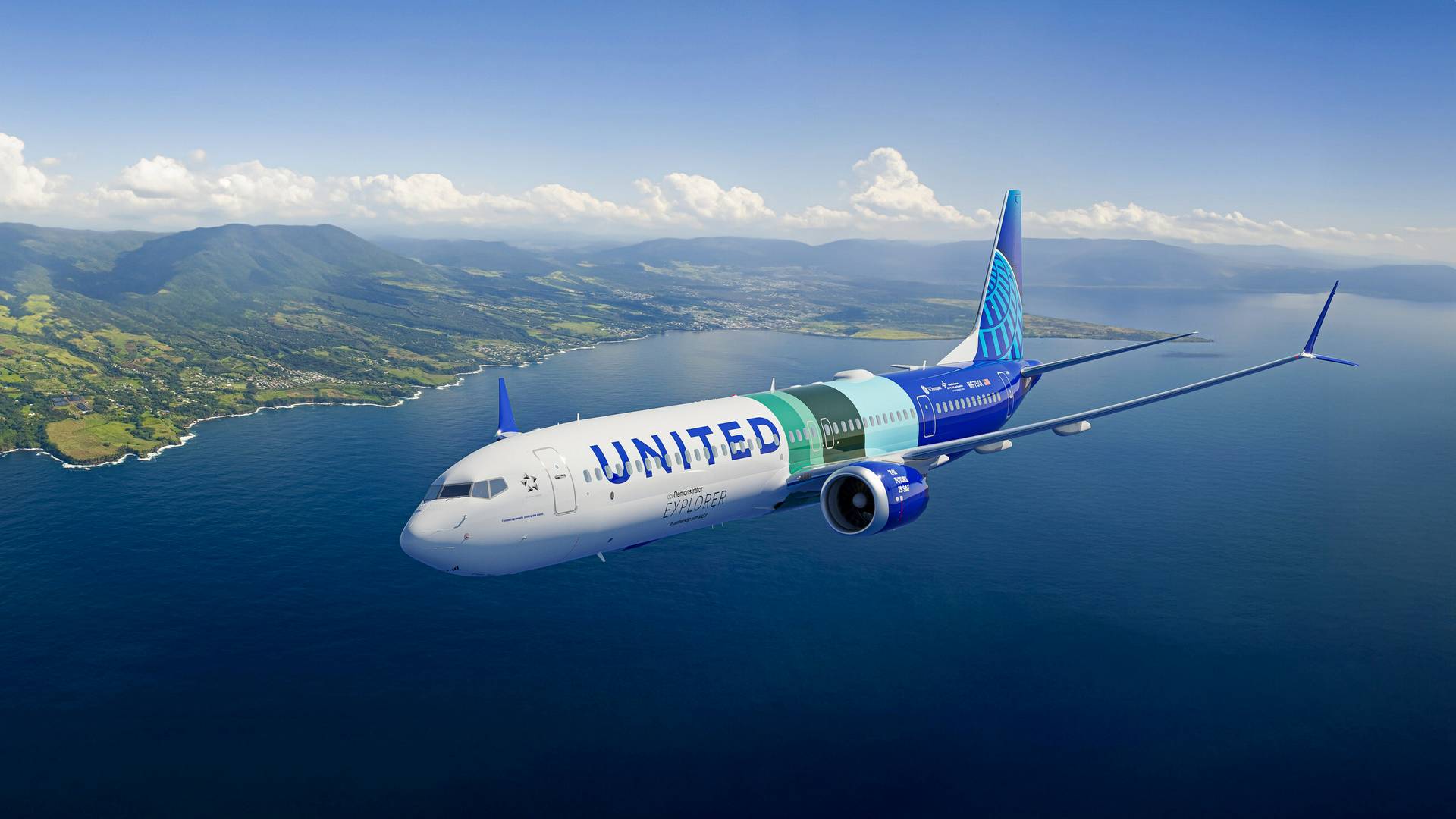
The 737-10 that Boeing is using on this test on SAF and contrails, is brand new. MSN 43510 flew for the first time on the 14th of September this year, with registration N27602. Boeing has been using aircraft that it hasn’t delivered yet for various types of testing. It calls these jets its “ecoDemonstrators”.
A lot of the testing with these ecoDemonstrators isn’t particularly spectacular. It simply involves testing alternative components, that simply need to perform like existing parts do. But to test SAF fuels and their contrails, Boeing and NASA had to fly this 737-10 with some company.
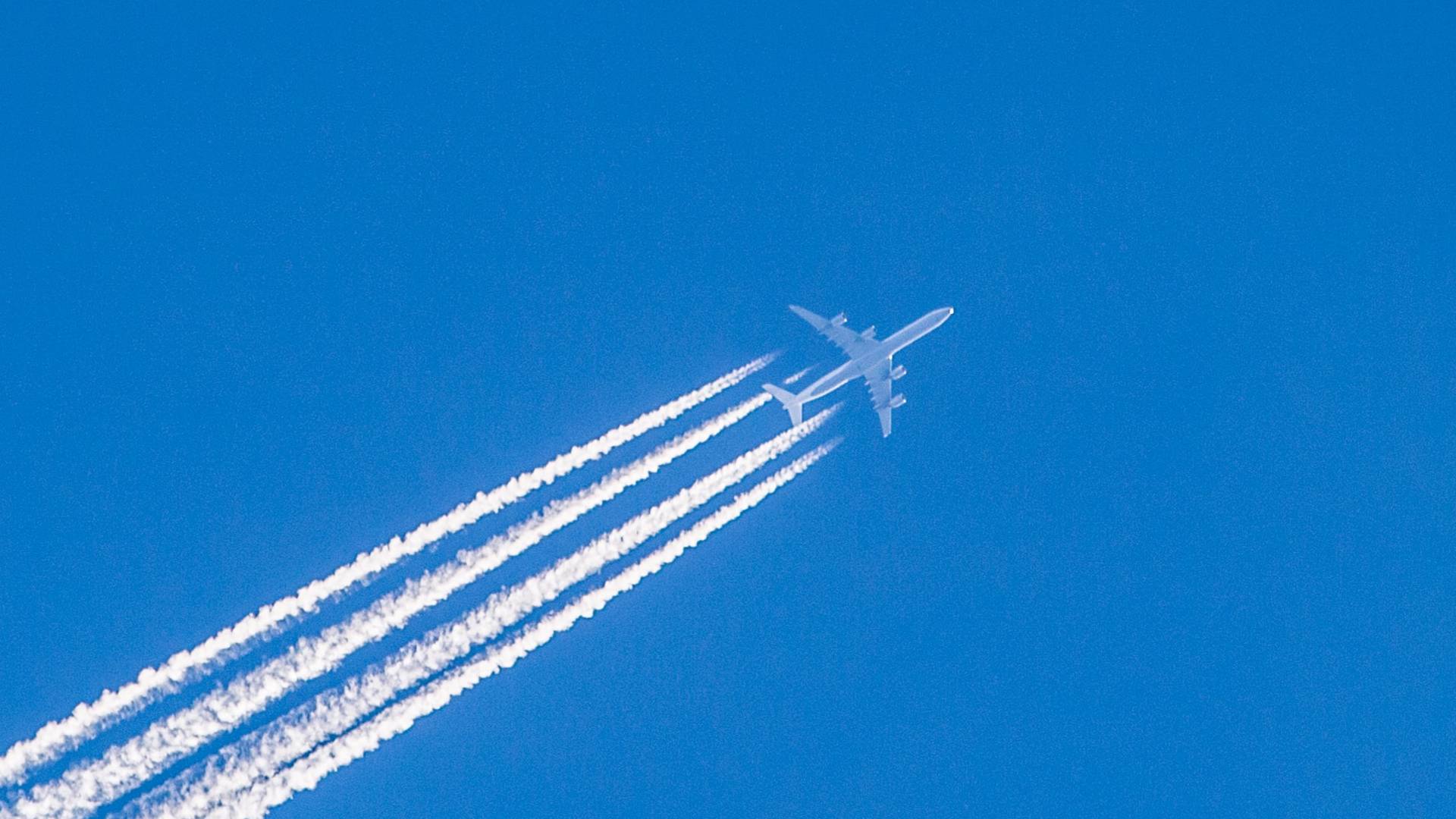
A DC-8 To Chase the 737-10 And “Sniff” Contrails!
Enter NASA’s DC-8 Airborne Science Lab. This old airliner will fly behind the 737-10, to “sniff” its emissions. It will also record these results with cameras – and NASA satellites will also record images of the test from space.
But why? Well, we know that sustainable aviation fuels don’t generate the same contrails that we get from conventional jet fuel. SAF produces less soot, which has a key role in the generation and persistent presence of contrails.
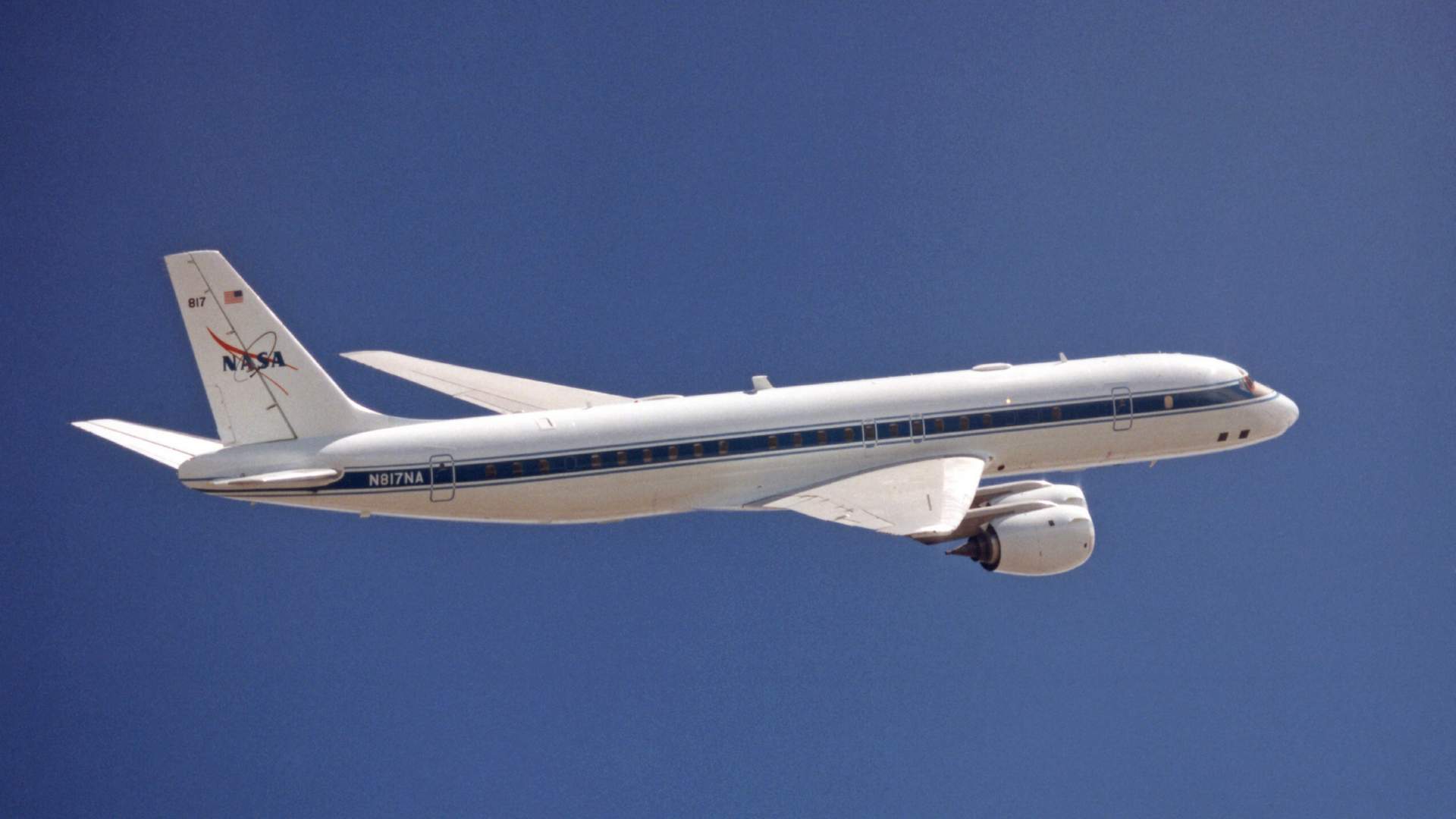
For these tests, the 737-10 will alternate between using normal JET-A and SAF, with the DC-8 behind it studying and recording its contrails. Besides Boeing and NASA, the program’s partners include the FAA, engine maker GE Aerospace, and the German Aerospace Center (DLR).
NASA and the DLR have tested contrails this way before, but this will be the first such test with the latest generation high-bypass turbofans, like the CFM LEAP-1Bs of the 737-10. Data from flight tracking websites is already showing both the 737-10 and the DC-8 making racetrack patterns. It is clear that the 737 is making more steady flights, while the DC-8 chases it around.
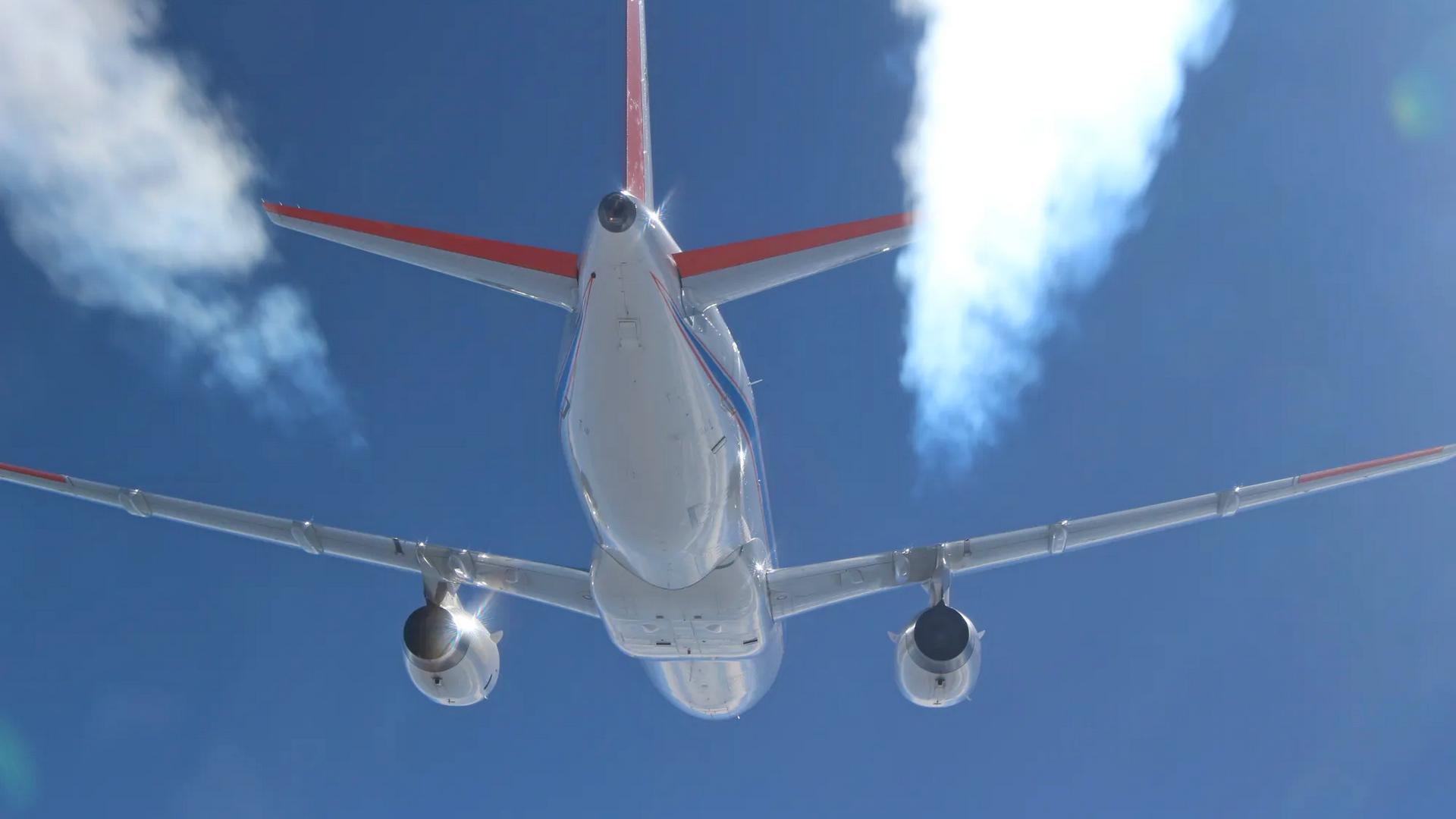
Testing Multiple Future Fuels?
We have seen that Google and American Airlines have experimented with the idea of planning flights in parts of the sky where contrails are less likely to form. This may help avert the non-CO2-related warming effect of contrails.
Basically, high-altitude contrails help trap heat in the atmosphere. Of course, during the day, these contrails also reflect some sunlight back into space. But their net effect at night, for example, is to trap heat.
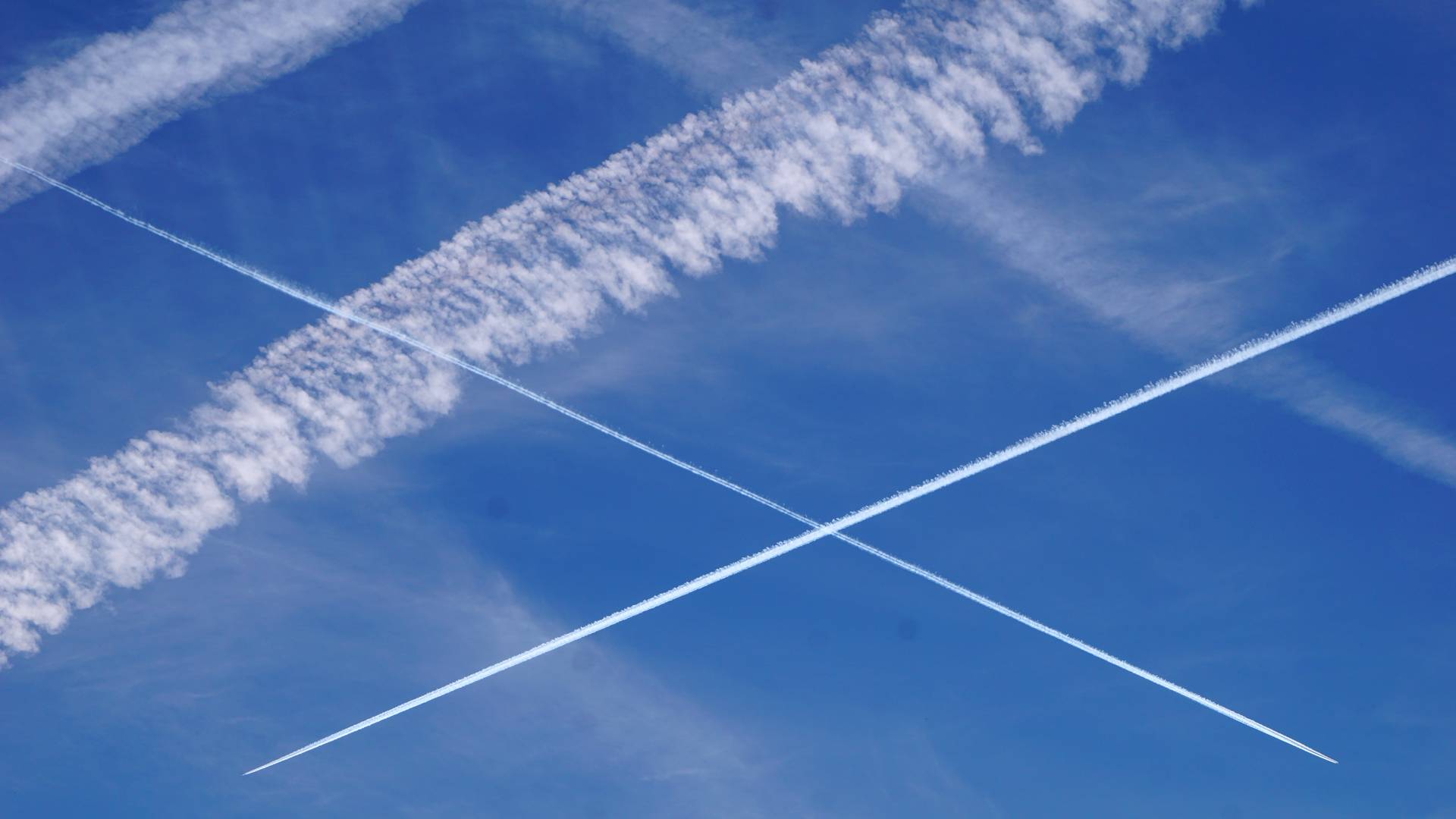
Flying less efficiently, i.e. burning more fuel to avoid contrails, may seem counterproductive – and this is part of this debate. But perhaps more importantly, the effects of newer fuels on contrail creation also need to be understood. That’s where this NASA/Boeing test on the contrails of the 737-10 comes in.
We can expect to see more such tests in the future, especially when Airbus and others start testing hydrogen combustion with existing jet engines. Unlike SAF, hydrogen combustion is expected to produce more, not fewer, or weaker contrails. But we won’t know how much more until someone tries it.



